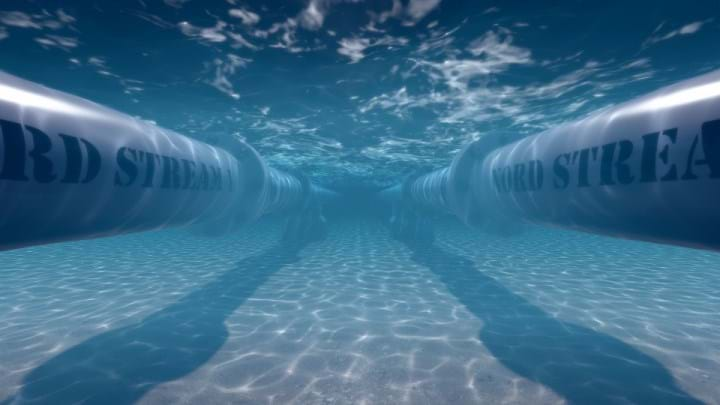Sweden reports a fourth Nord gas leak

ACCORDING to Sweden's coastguard, there are a total of four leaks from the twin Nord Stream gas pipelines in the Baltic Sea, not three as previously assumed. The fourth had been known about since ruptures were first reported on Monday, however only three were mentioned by officials in media reports.
“We have leakage at two positions” off Sweden, said coast guard spokesperson Mattias Lindholm. “There are two more off Denmark”.
Initially billed as “unexplained incidents”, the recording of two “massive releases of energy” shortly prior to, and near the location of the gas leaks by the Swedish National Seismic Network has prompted NATO to call the damage "acts of sabotage", adding that “any deliberate attack against Allies’ critical infrastructure would be met with a united and determined response.”
Seismic stations in Denmark, Norway and Finland also registered the explosions, one of which had a magnitude of 2.3, said Björn Lund from the Swedish National Center for Seismology, who has not ruled out that a third detonation may have occurred.
The EU issued a similar statement saying, that “any deliberate disruption of European energy infrastructure is utterly unacceptable”, and said it will support any investigation aimed at getting full clarity on what happened and why, “and will take further steps to increase our resilience in energy security.”
In response to the ongoing tensions, Denmark has stepped up security around energy facilities, while Norway – which has overtaken Russia as Europe's biggest supplier of natural gas – has said its military will be more visible at its own oil and gas installations.
Although neither of the pipelines, which stretch for 1,224 km, were in operation at the time – the Nord Stream 1 pipeline was closed by Russia in August, while Germany halted Nord Stream 2 shortly after Russia invaded Ukraine in February – they still contained methane.
Methane has a powerful warming effect on our climate, and is about 80 times more powerful than CO2 during the first 20 years after it’s released.
Although no one is sure how much methane has leaked out, there are estimates that it is around 150–300m m3, according to Paul Balcombe at the Department of Chemical Engineering, Imperial College London. He added: “It is unlikely that they [the pipelines] will release all their contents, but if just one did it would be about twice as much (~200,000 t) as the 2015 Aliso Canyon leak in the US (~90,000 t) which was the worst leak found in the US. It would have a very large environmental and climate impact indeed, even if it released a fraction of this.”
Dave Reay, the Executive Director of Edinburgh Climate Change Institute at the University of Edinburgh is, on the other hand, more optimistic. “The most direct effect of these gas leaks on climate is the extra dollop of powerful greenhouse gas methane […] they are adding to the atmosphere. That said, this is a wee bubble in the ocean compared to the huge amounts of so-called ‘fugitive methane’ that are emitted every day around the world due to things like fracking, coal mining and oil extraction.”
Recent Editions
Catch up on the latest news, views and jobs from The Chemical Engineer. Below are the four latest issues. View a wider selection of the archive from within the Magazine section of this site.




